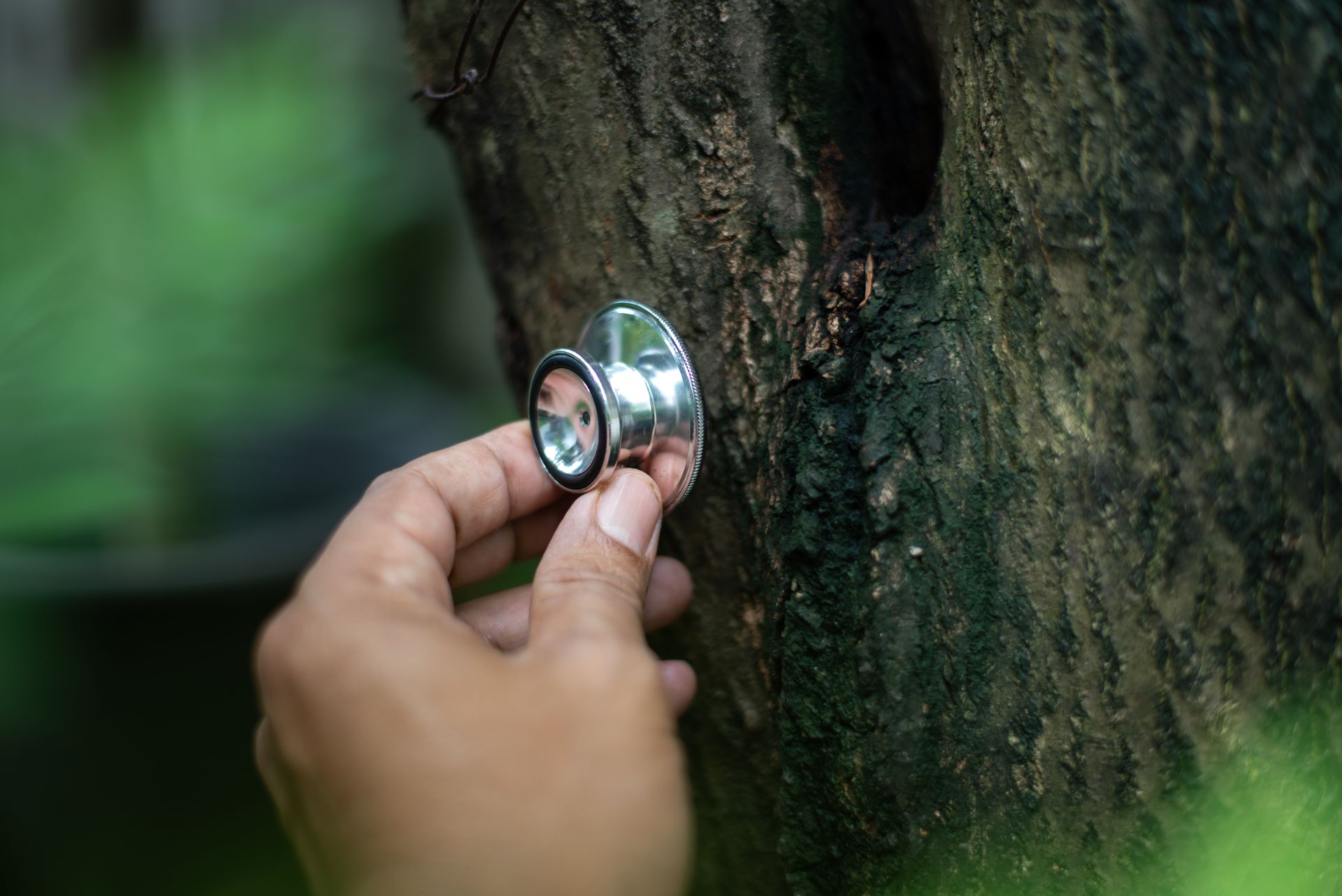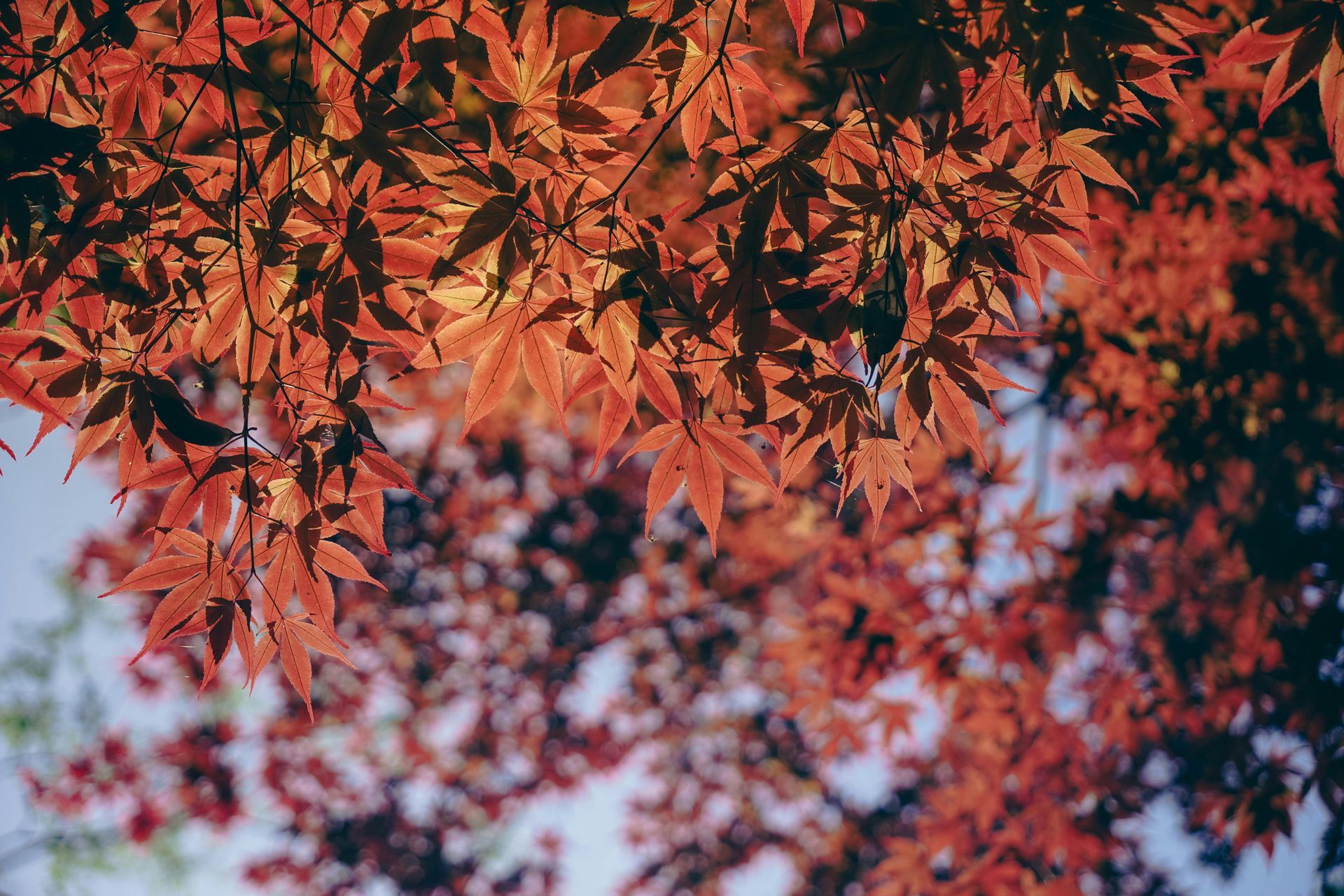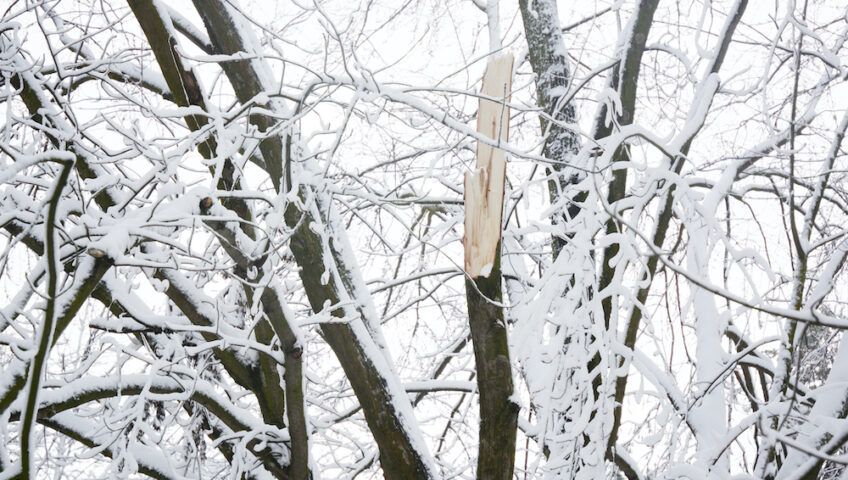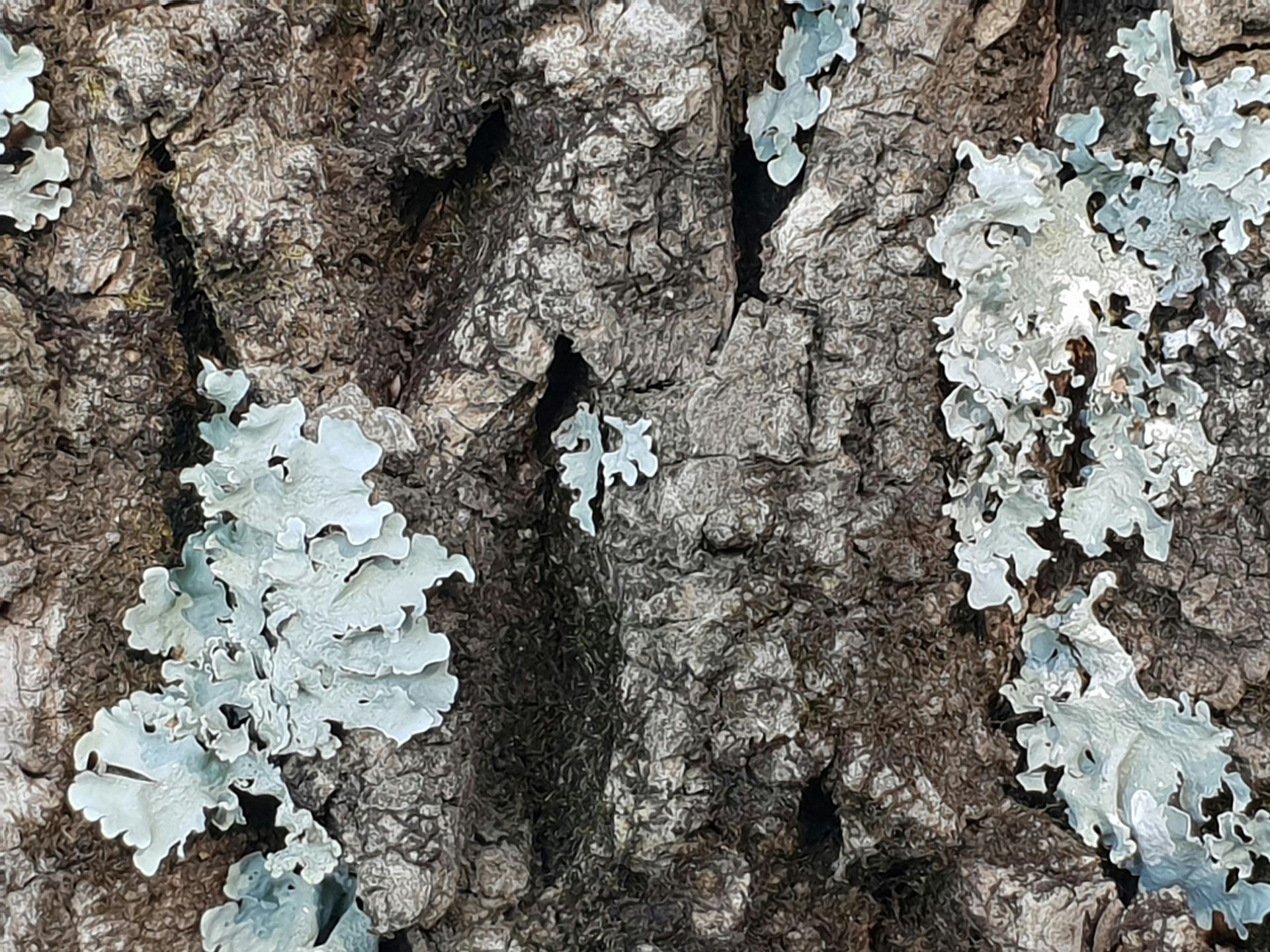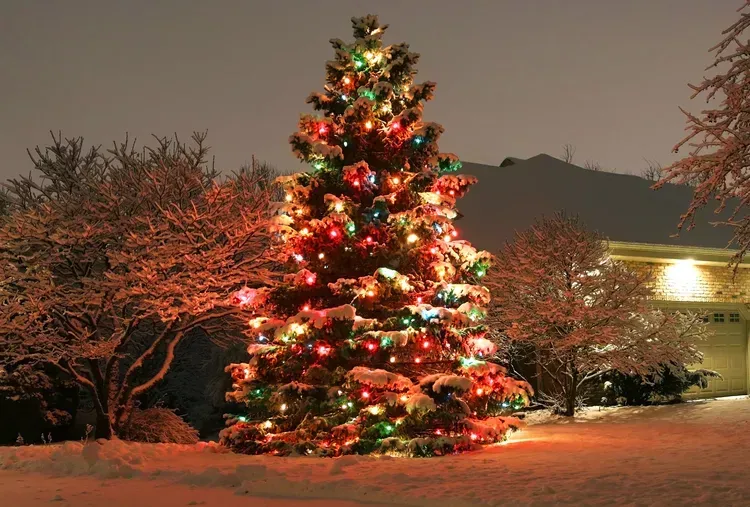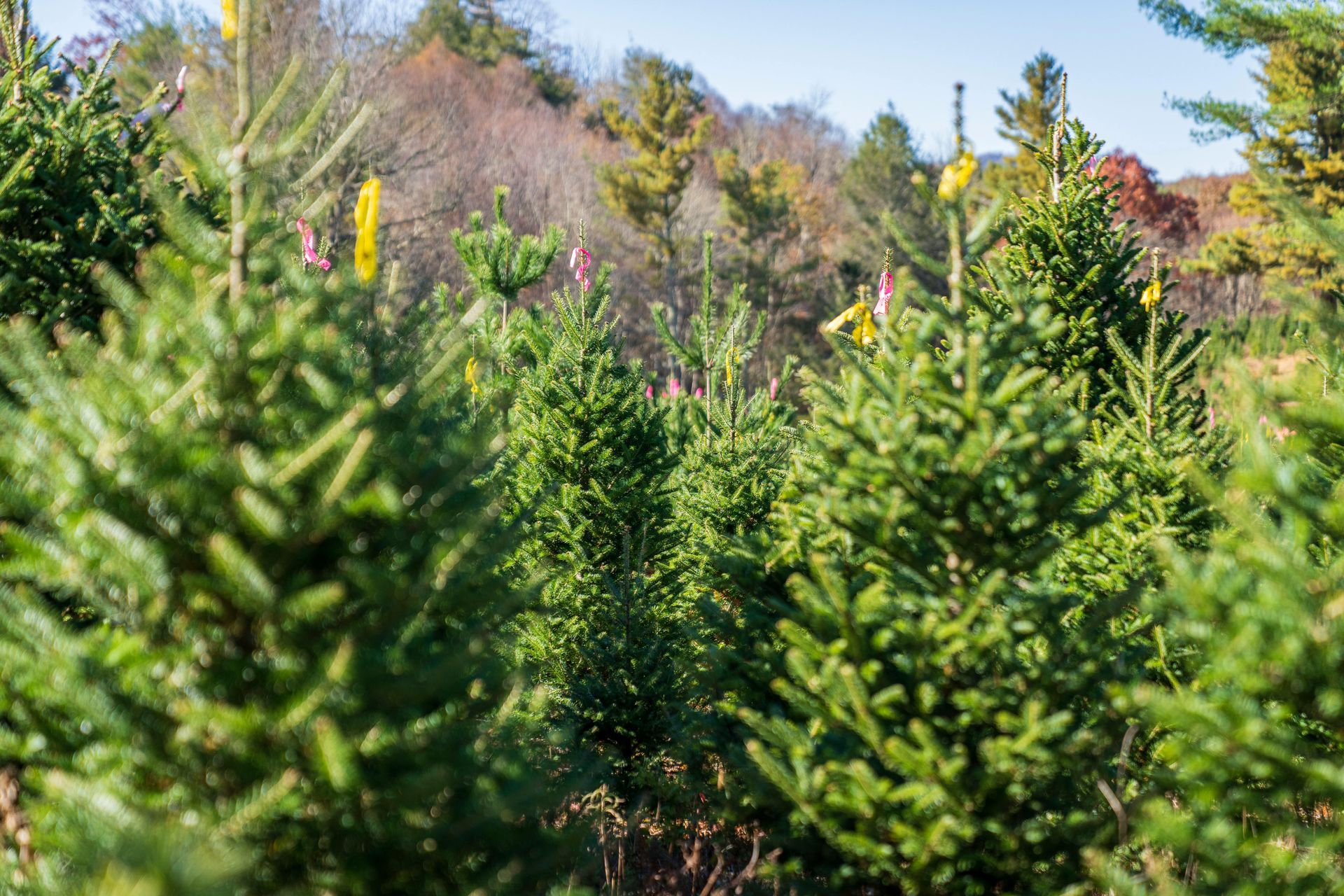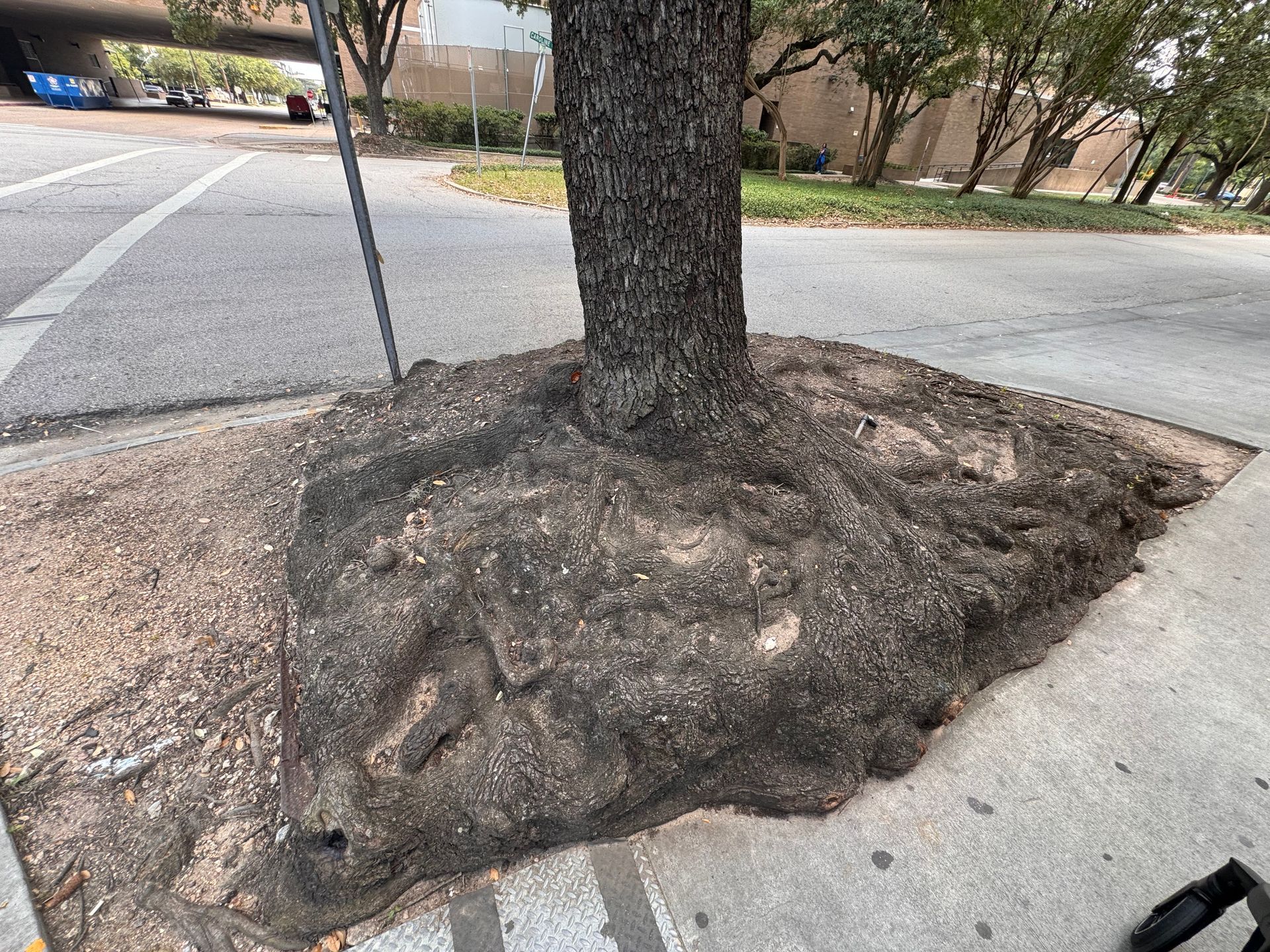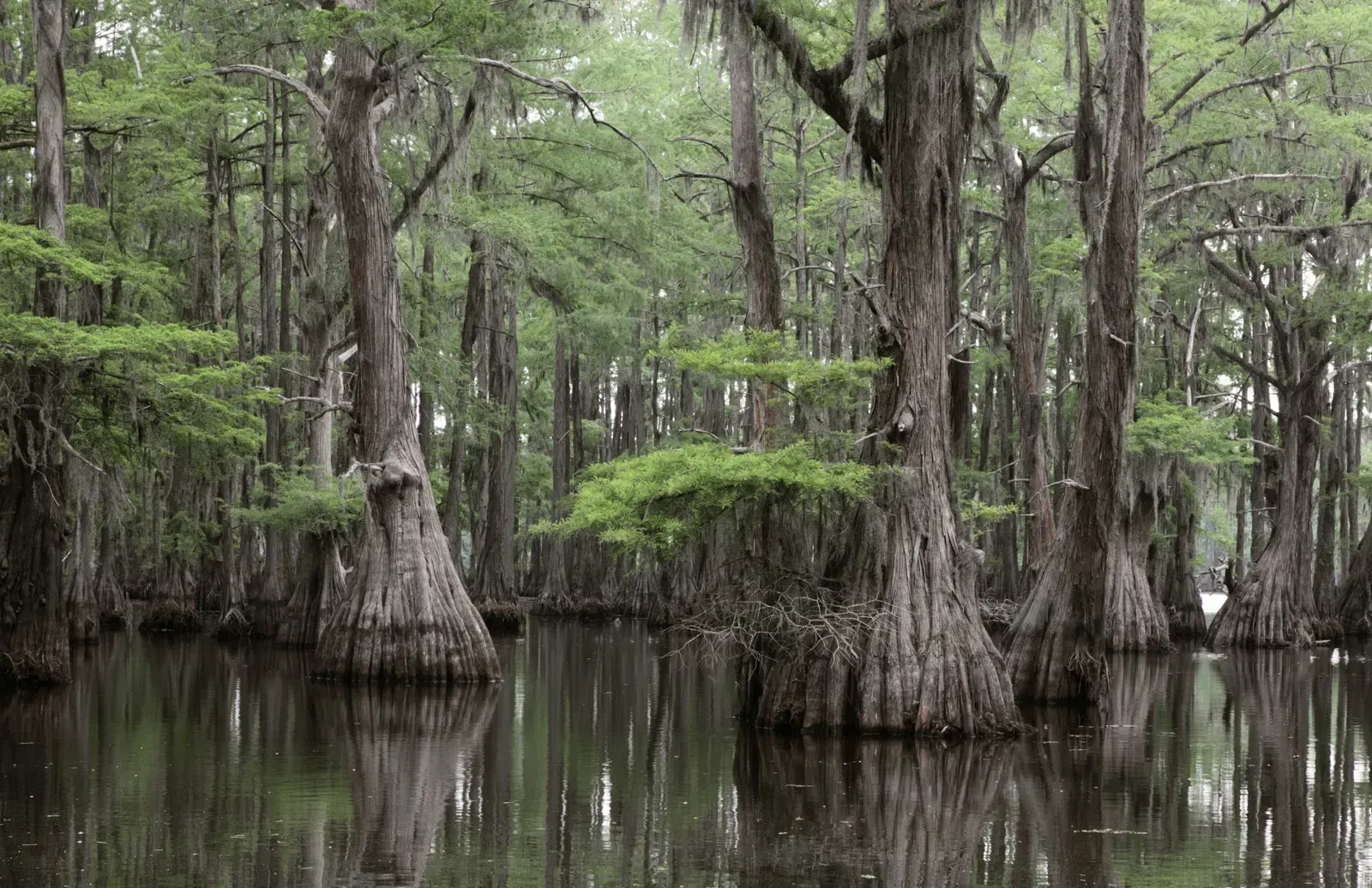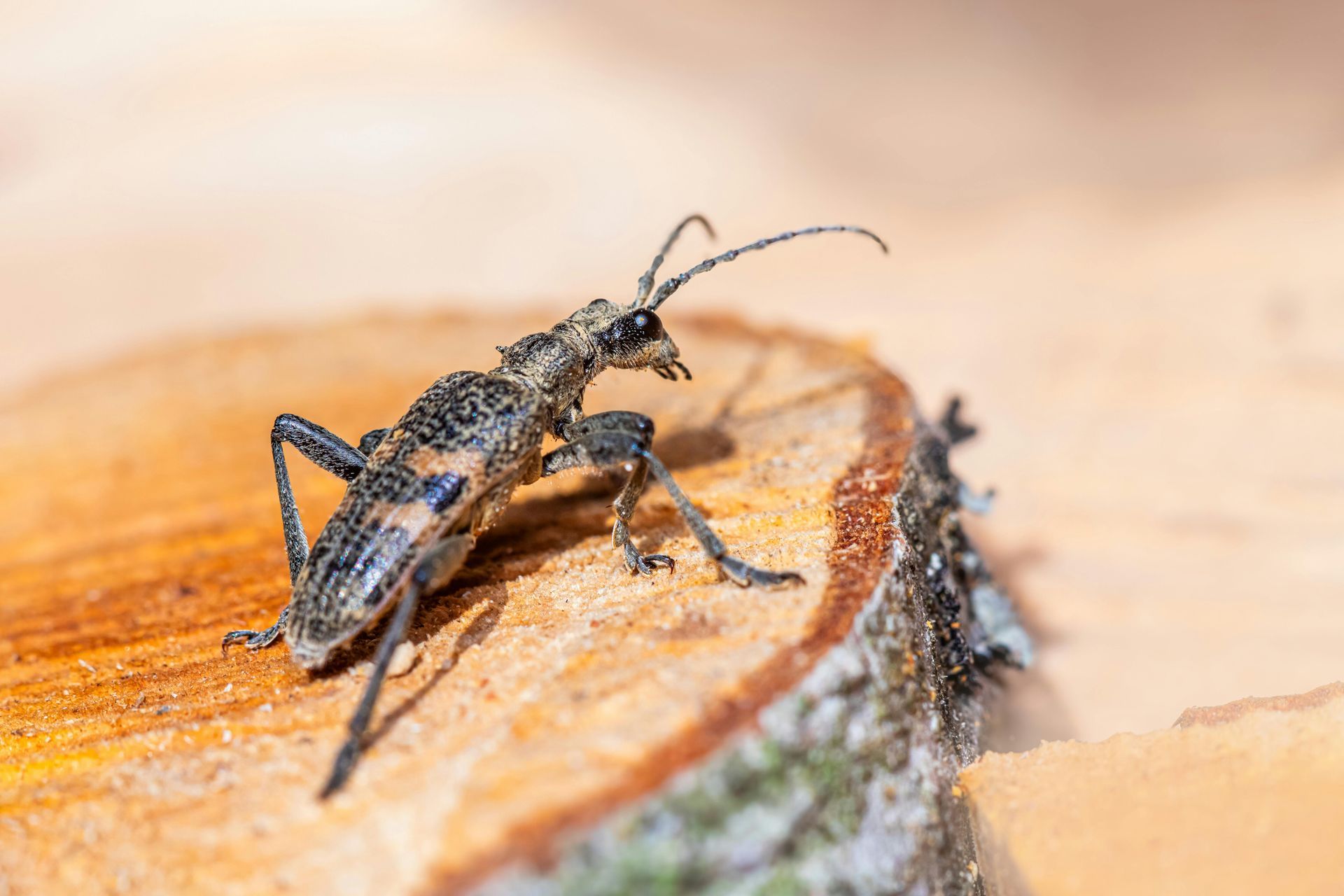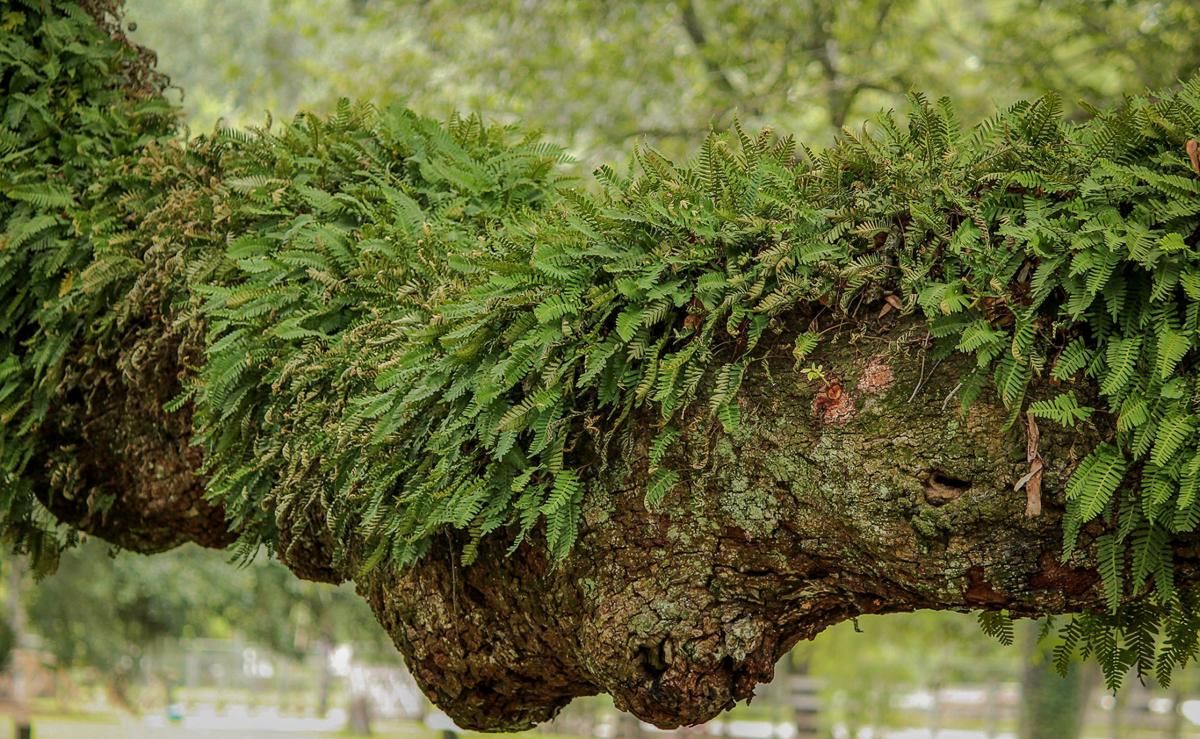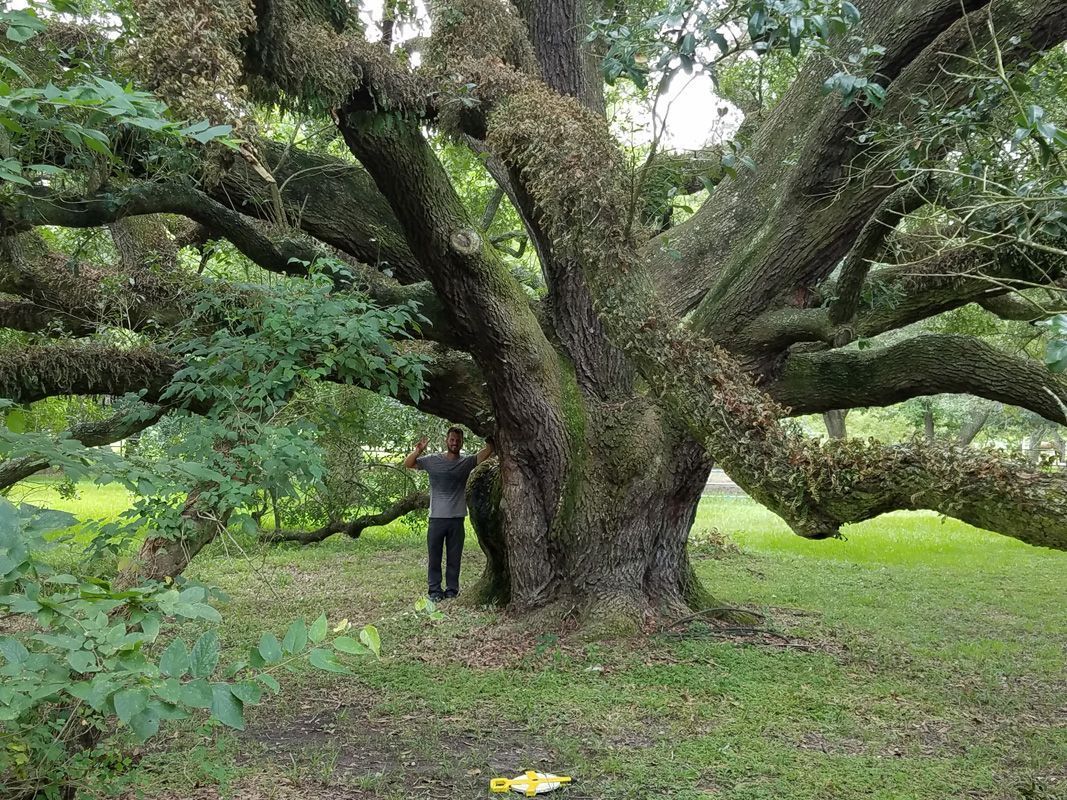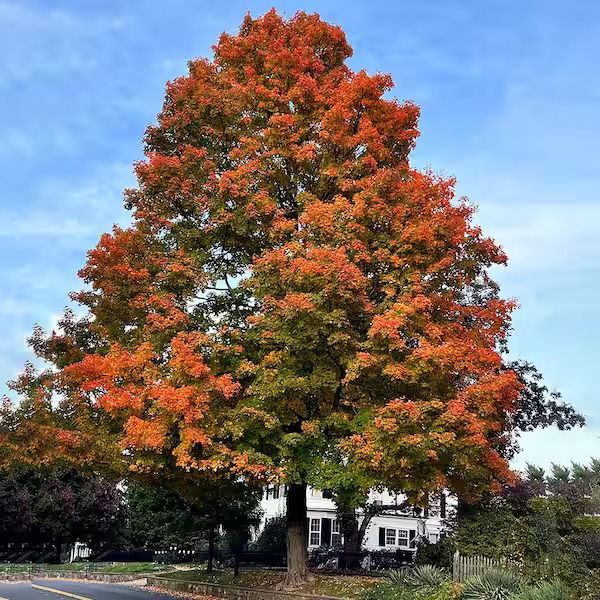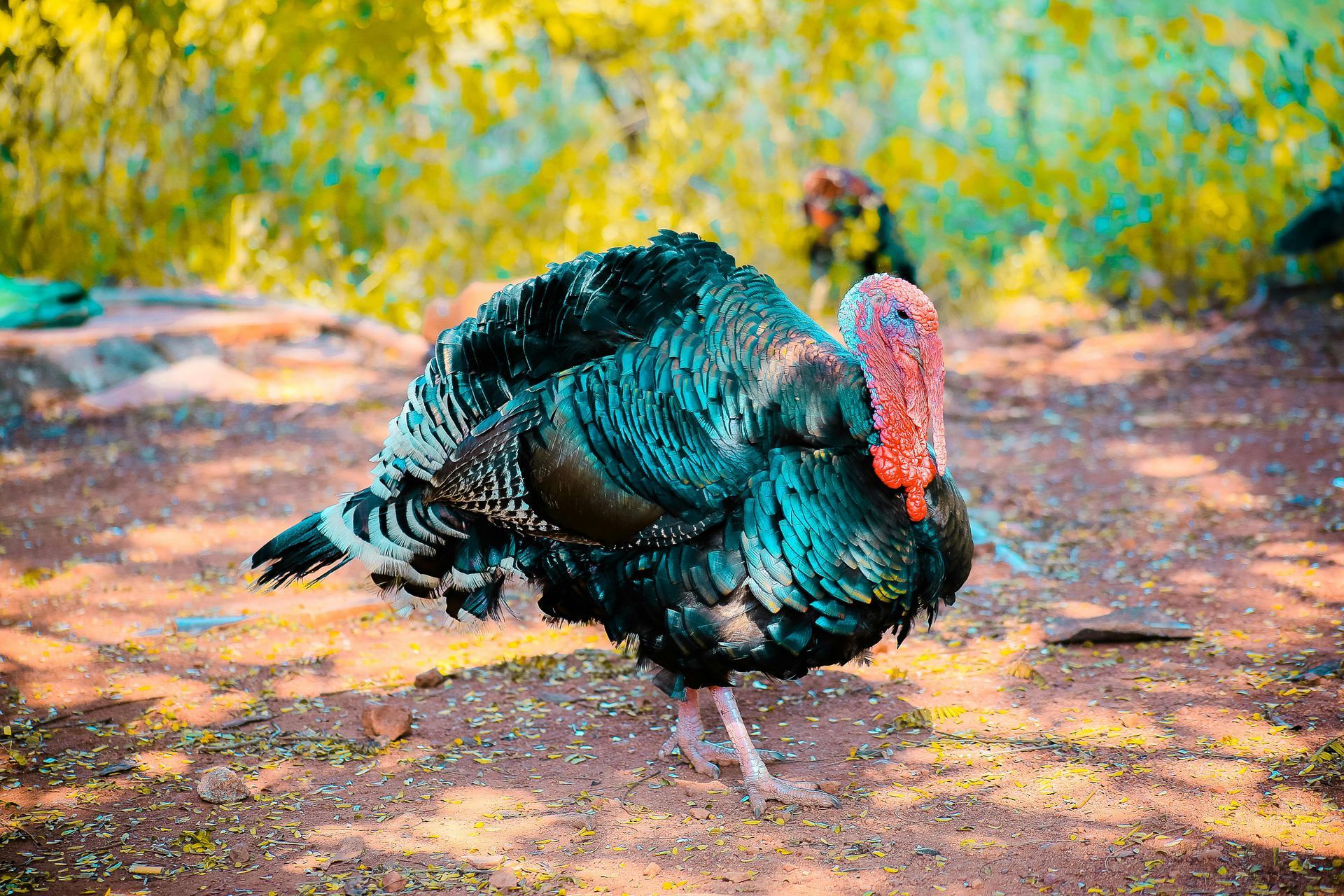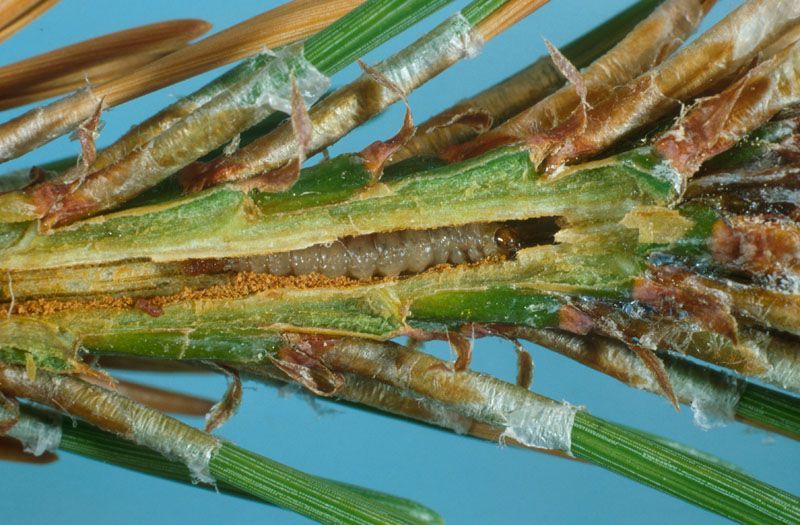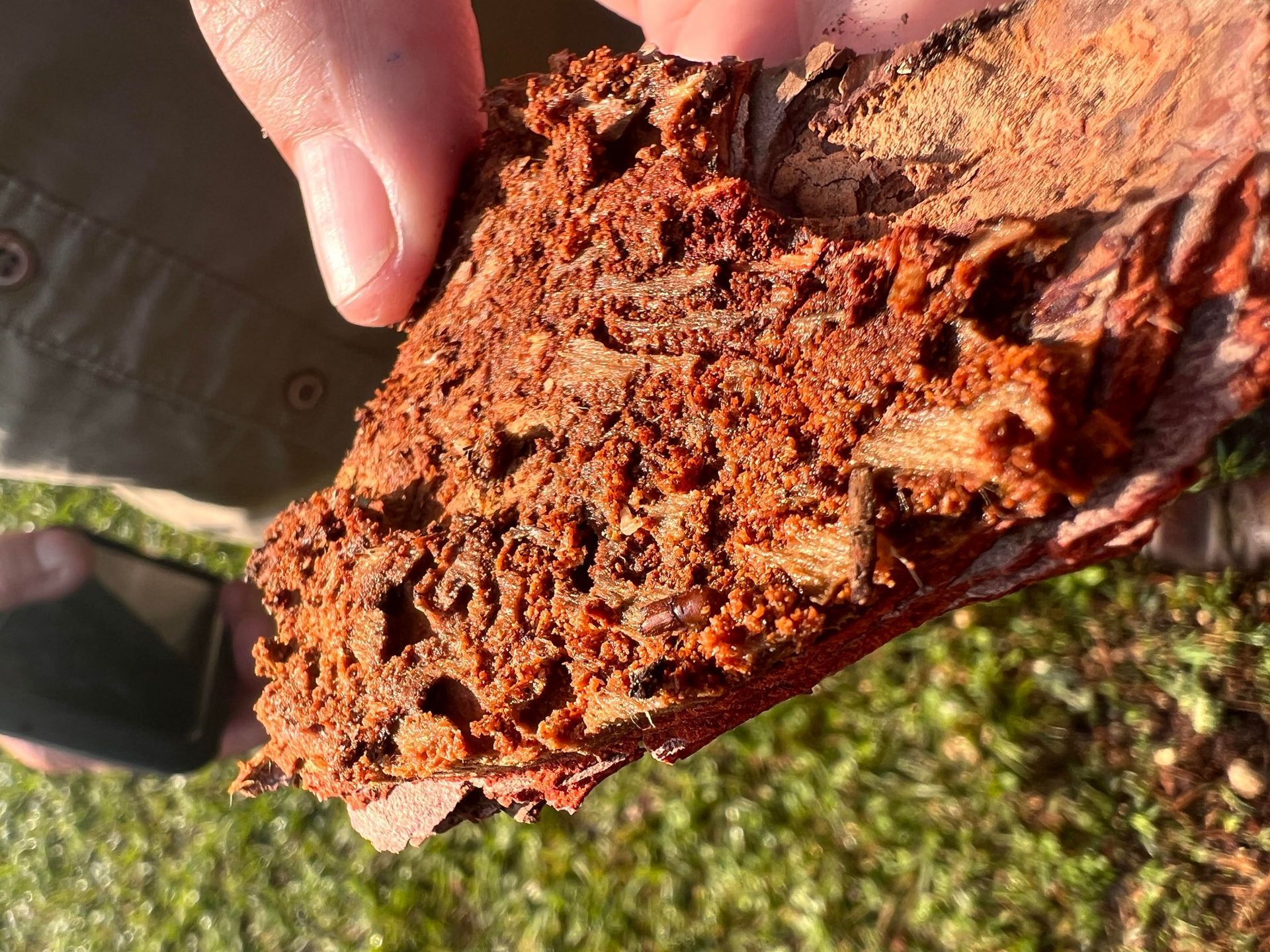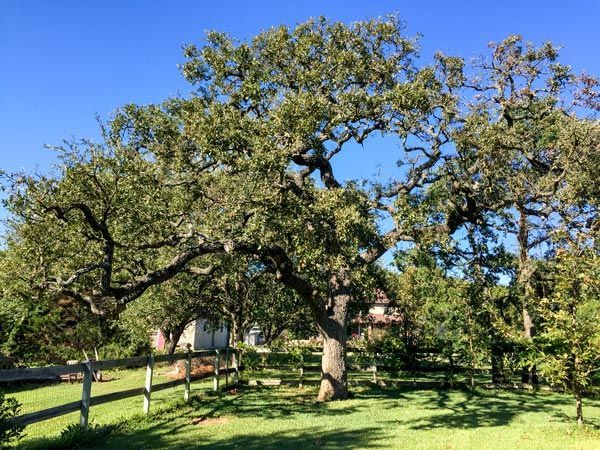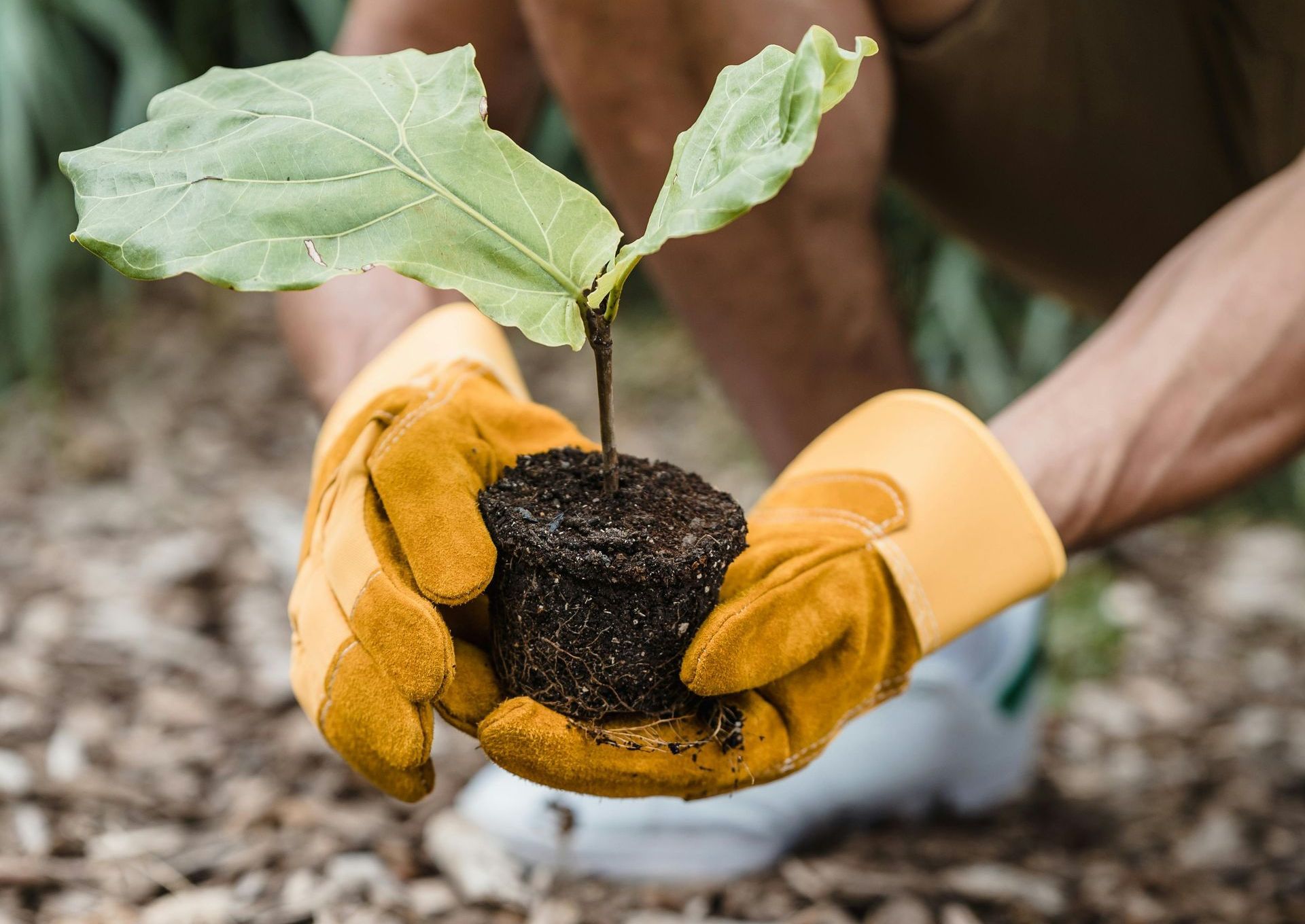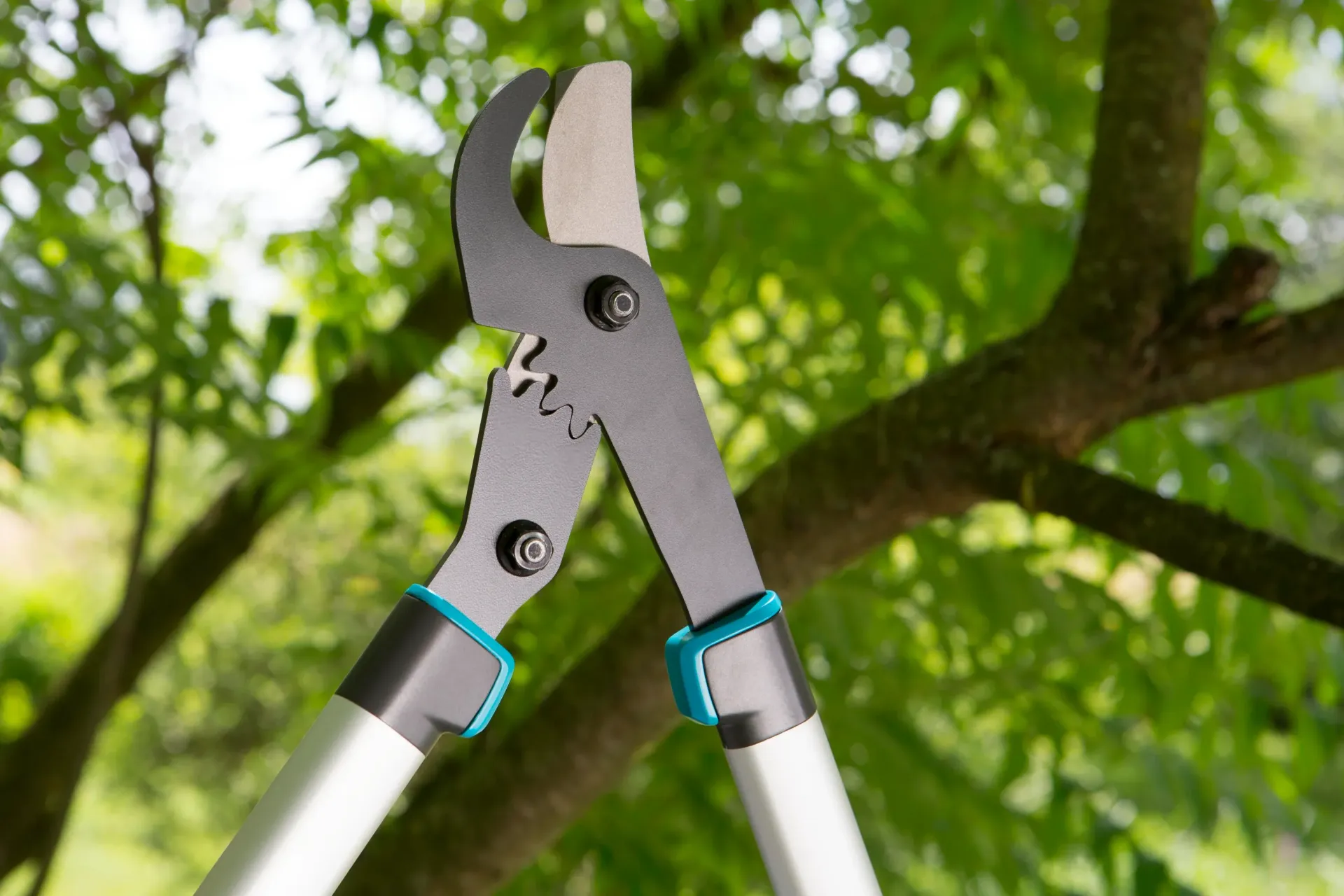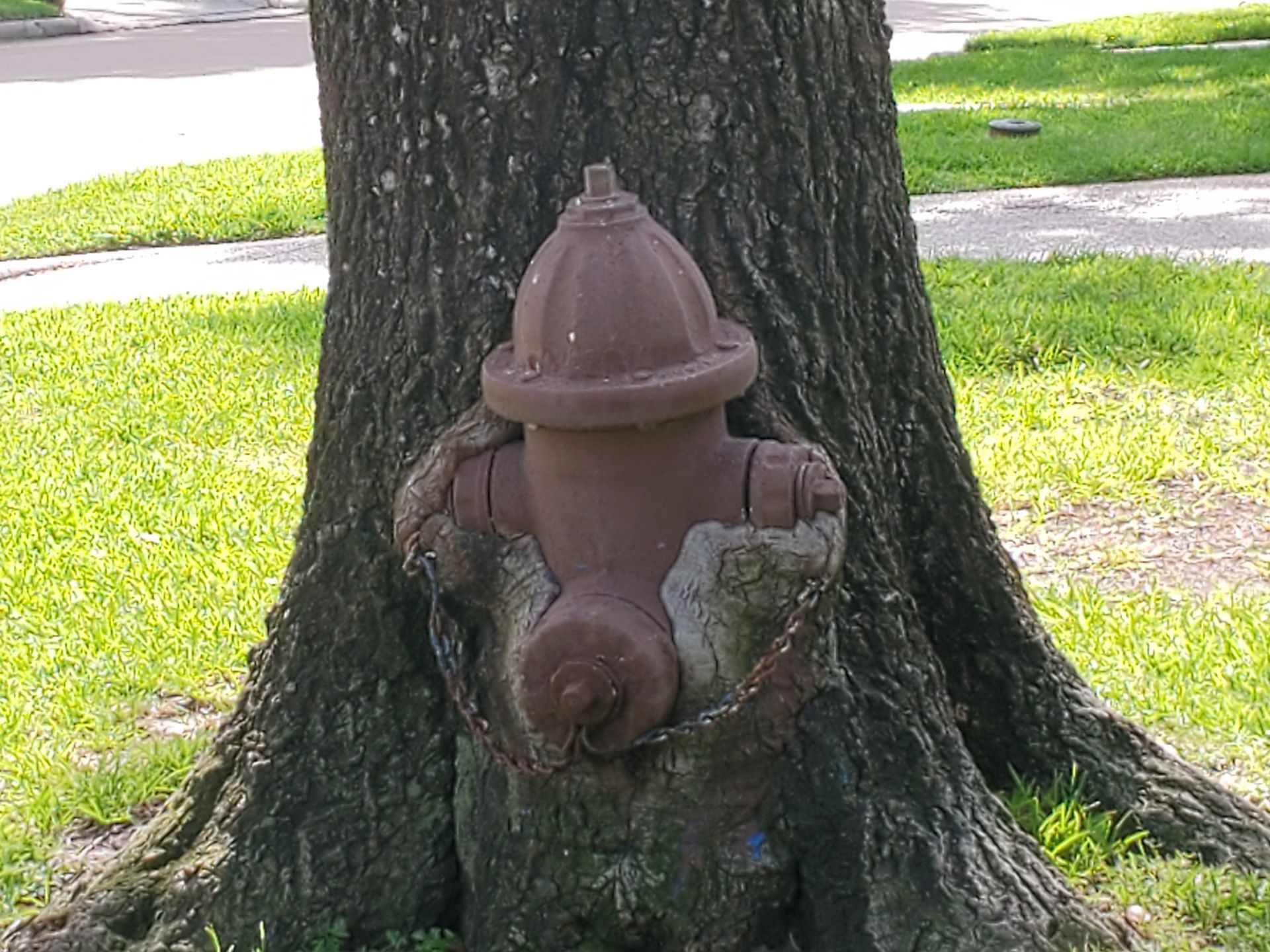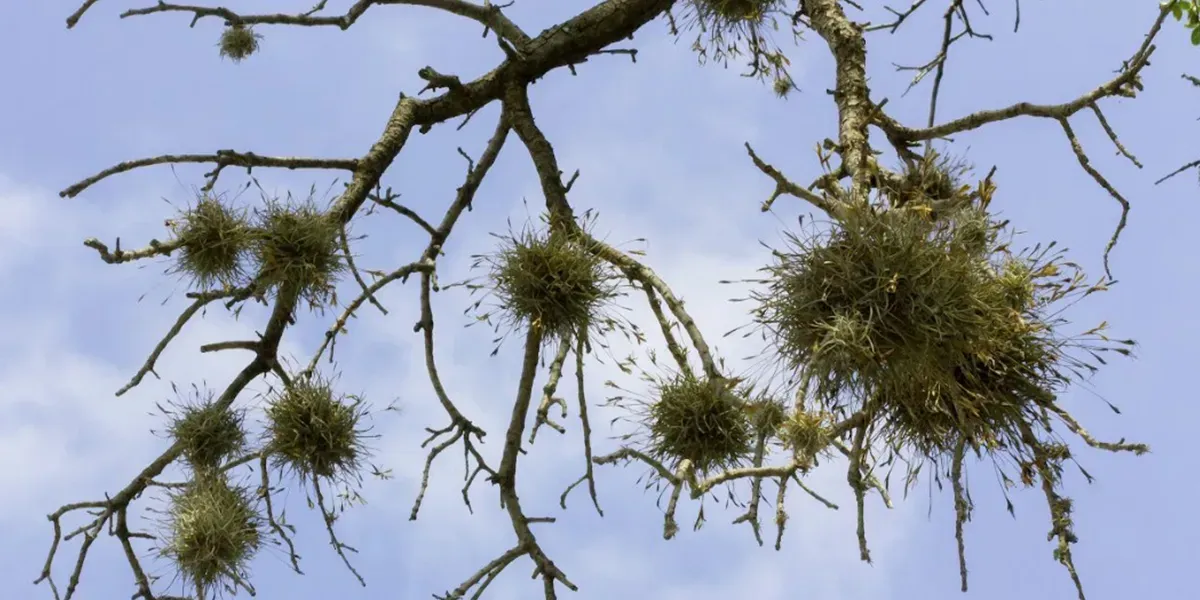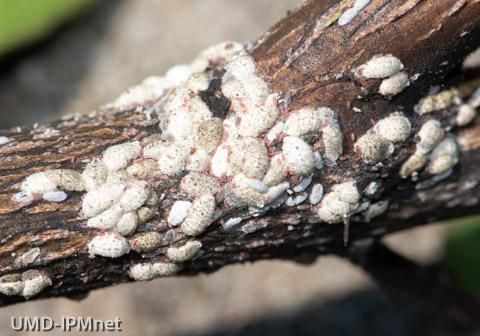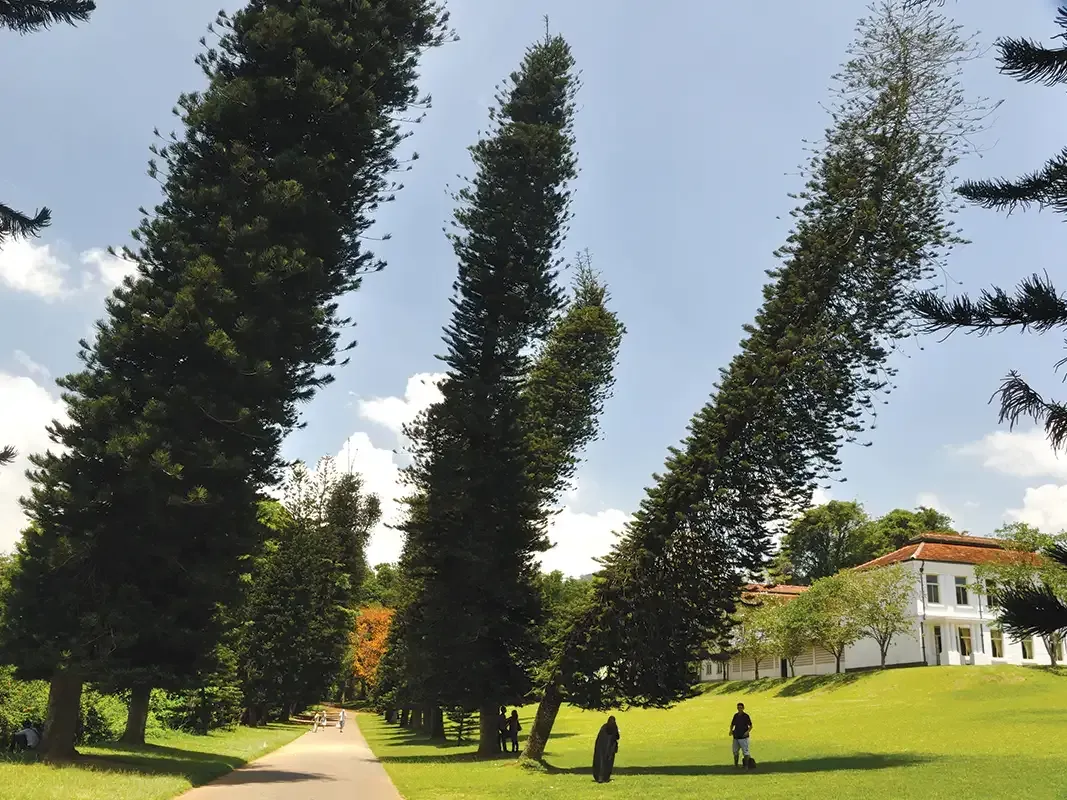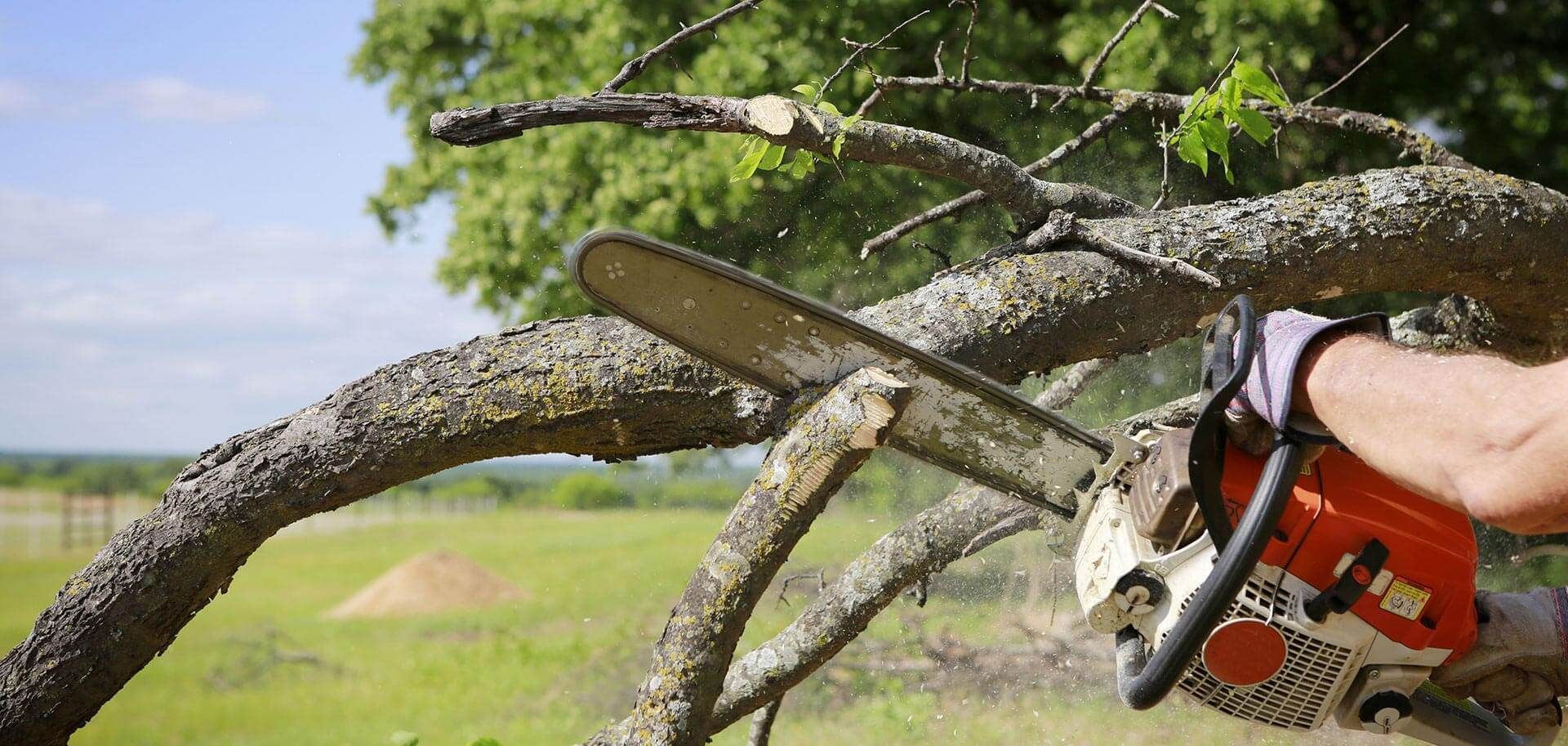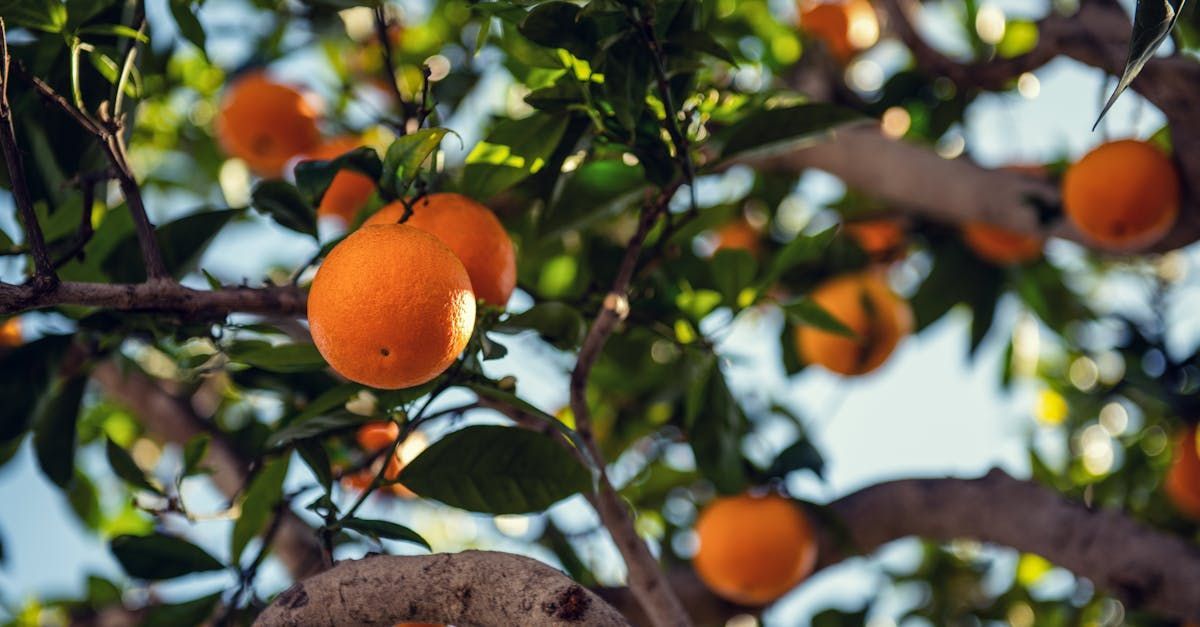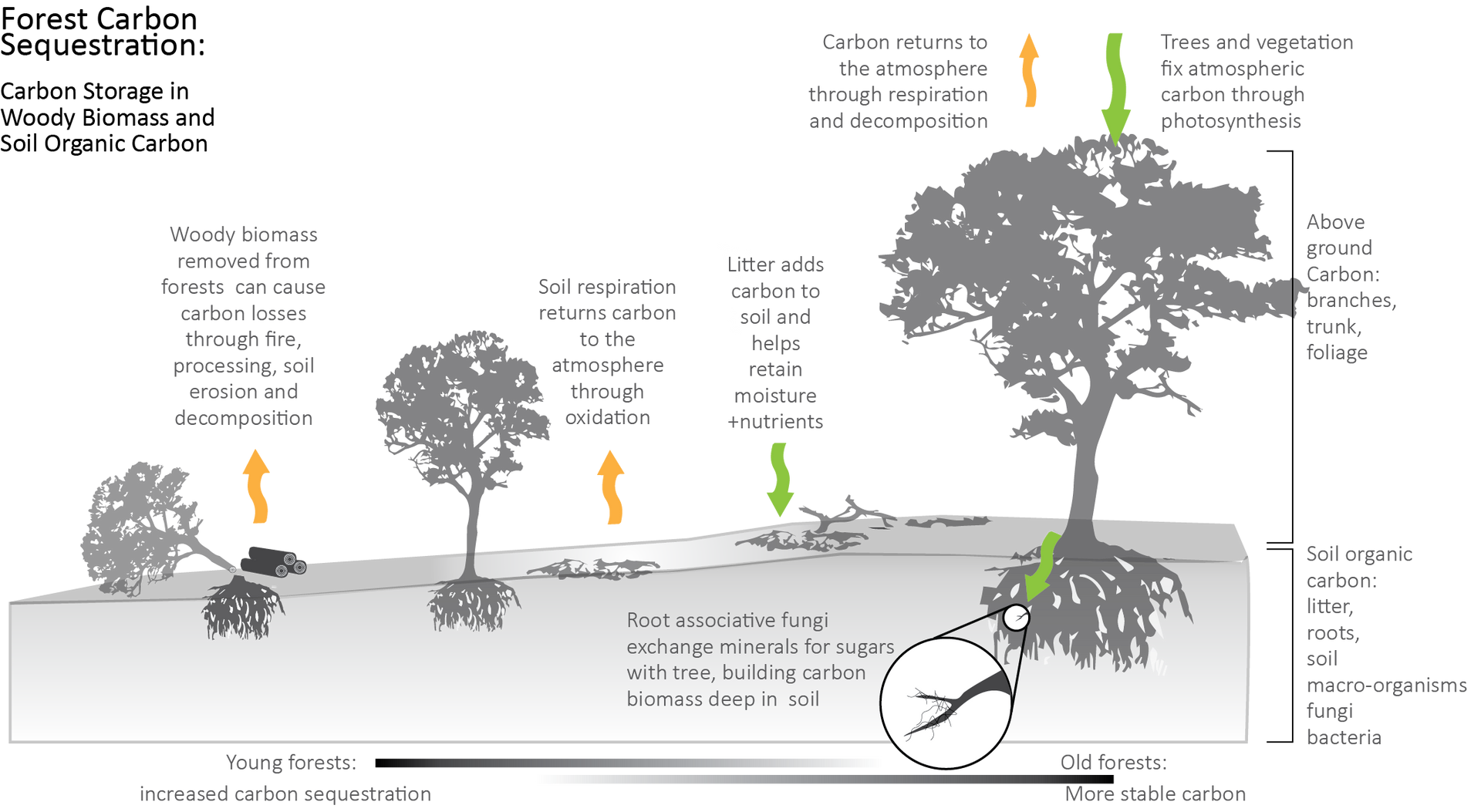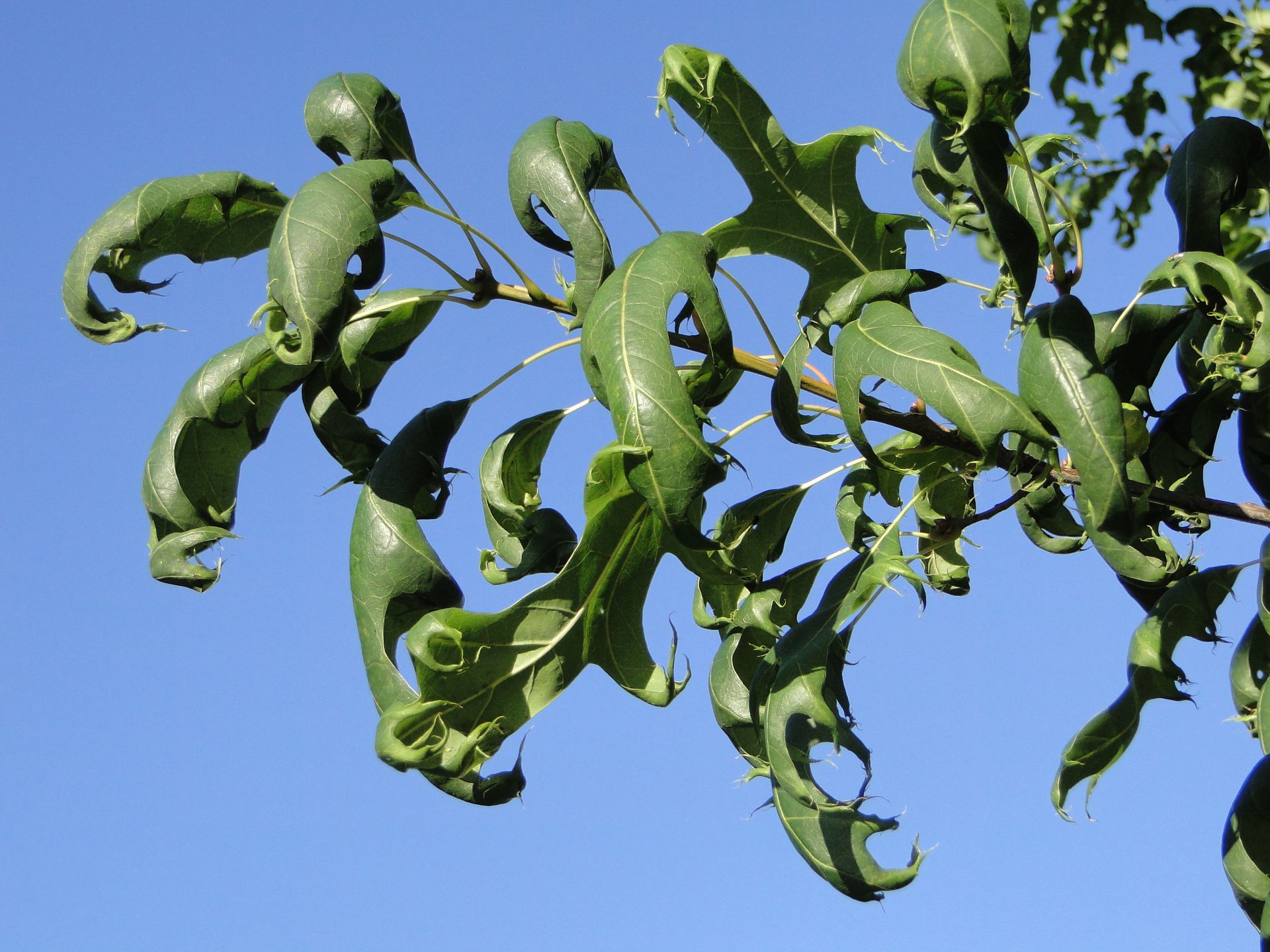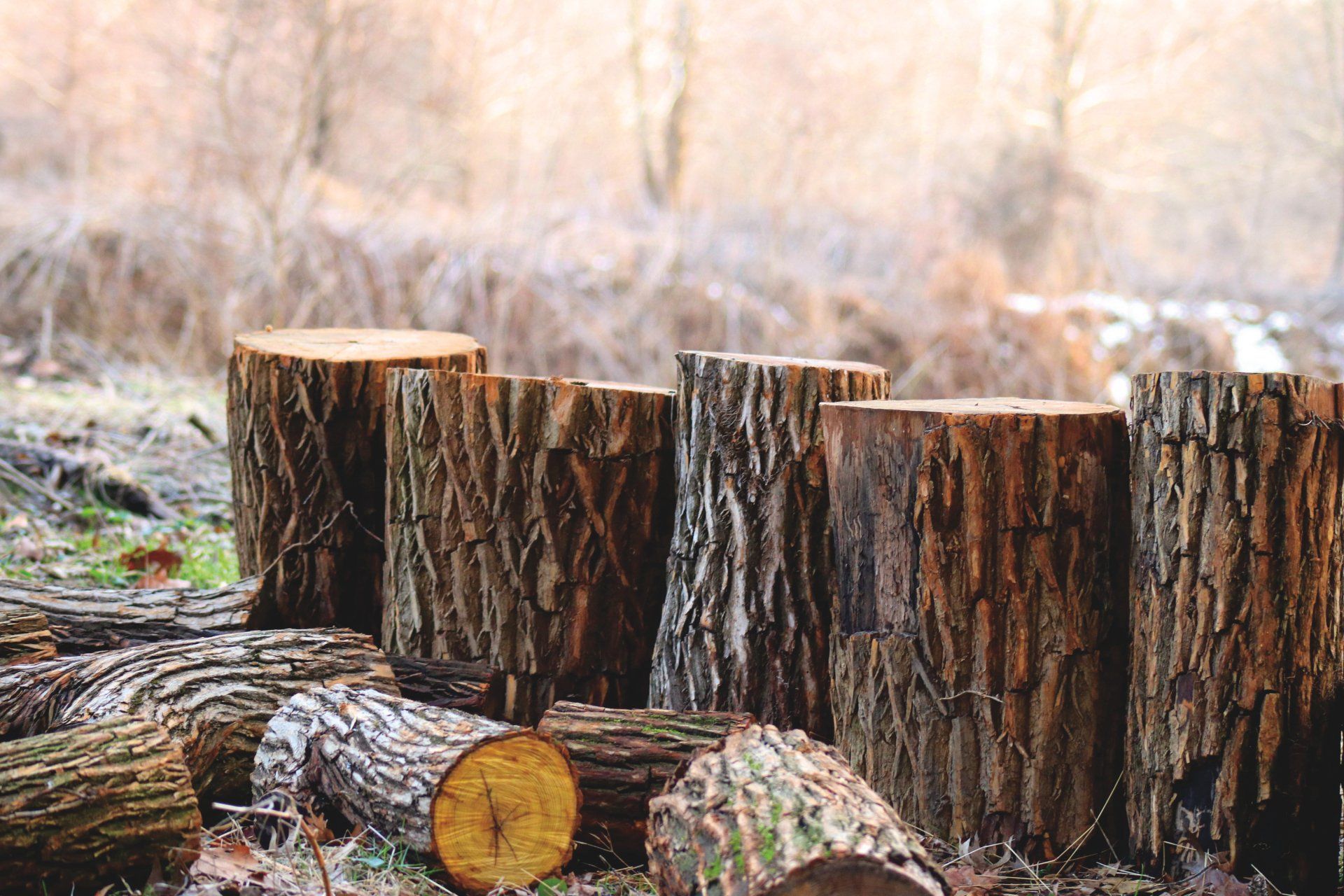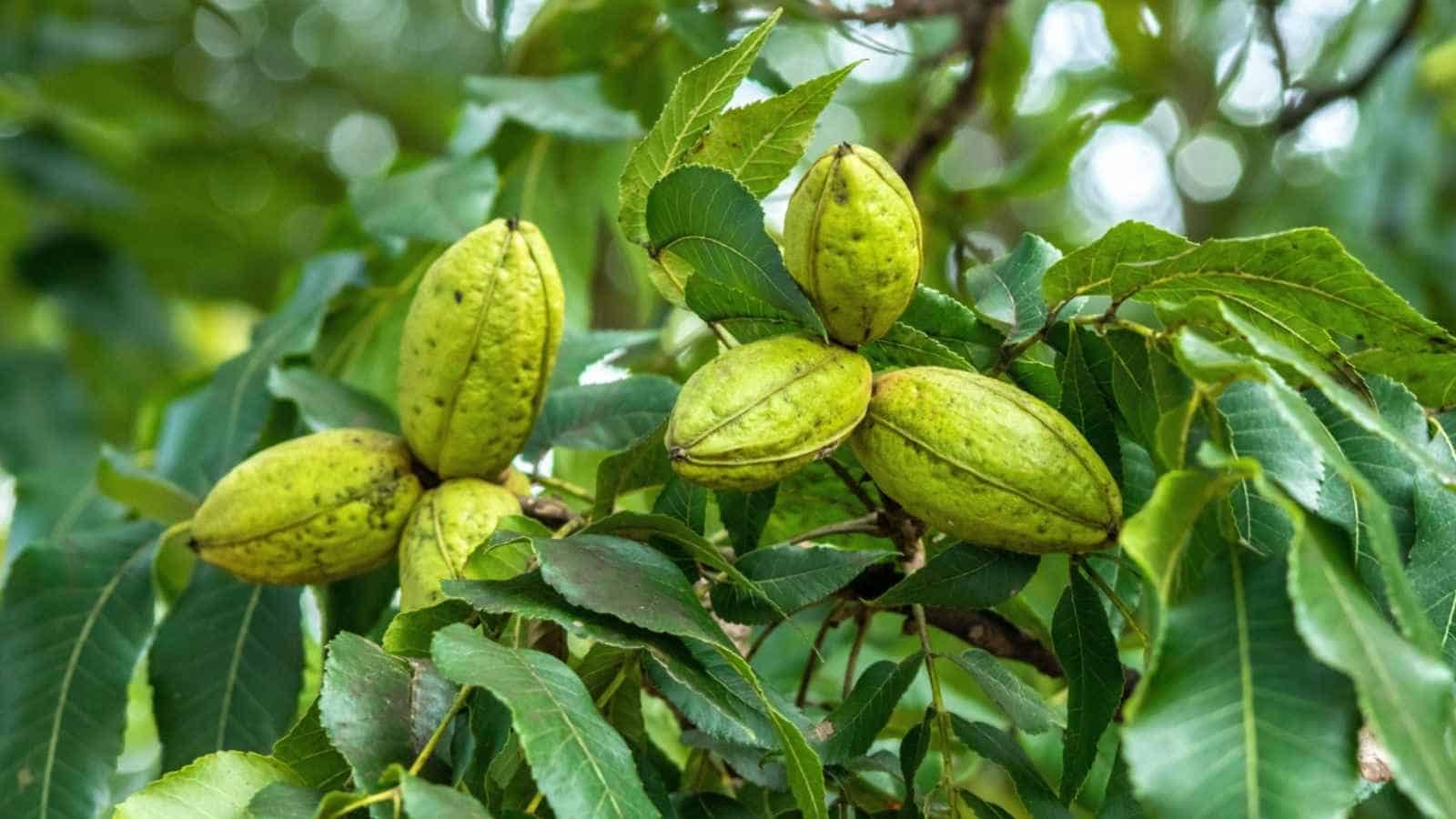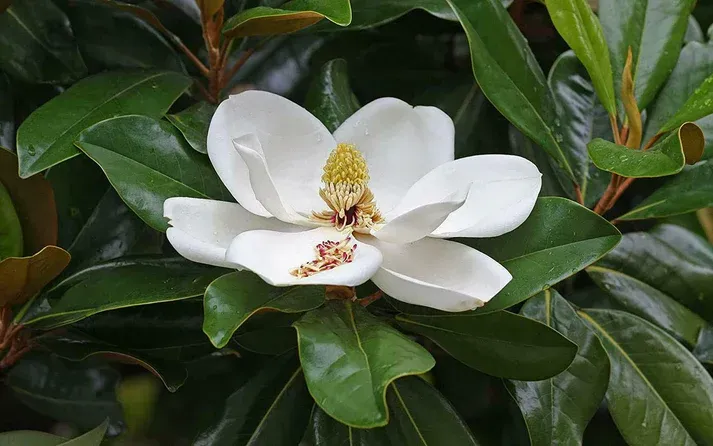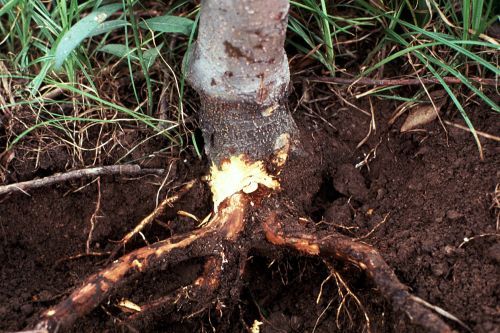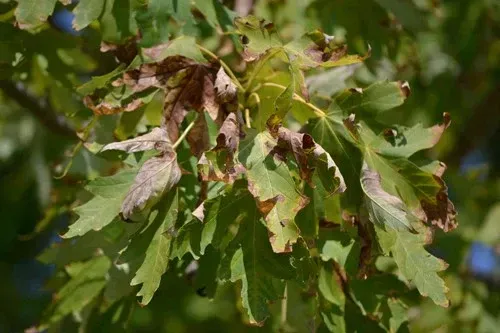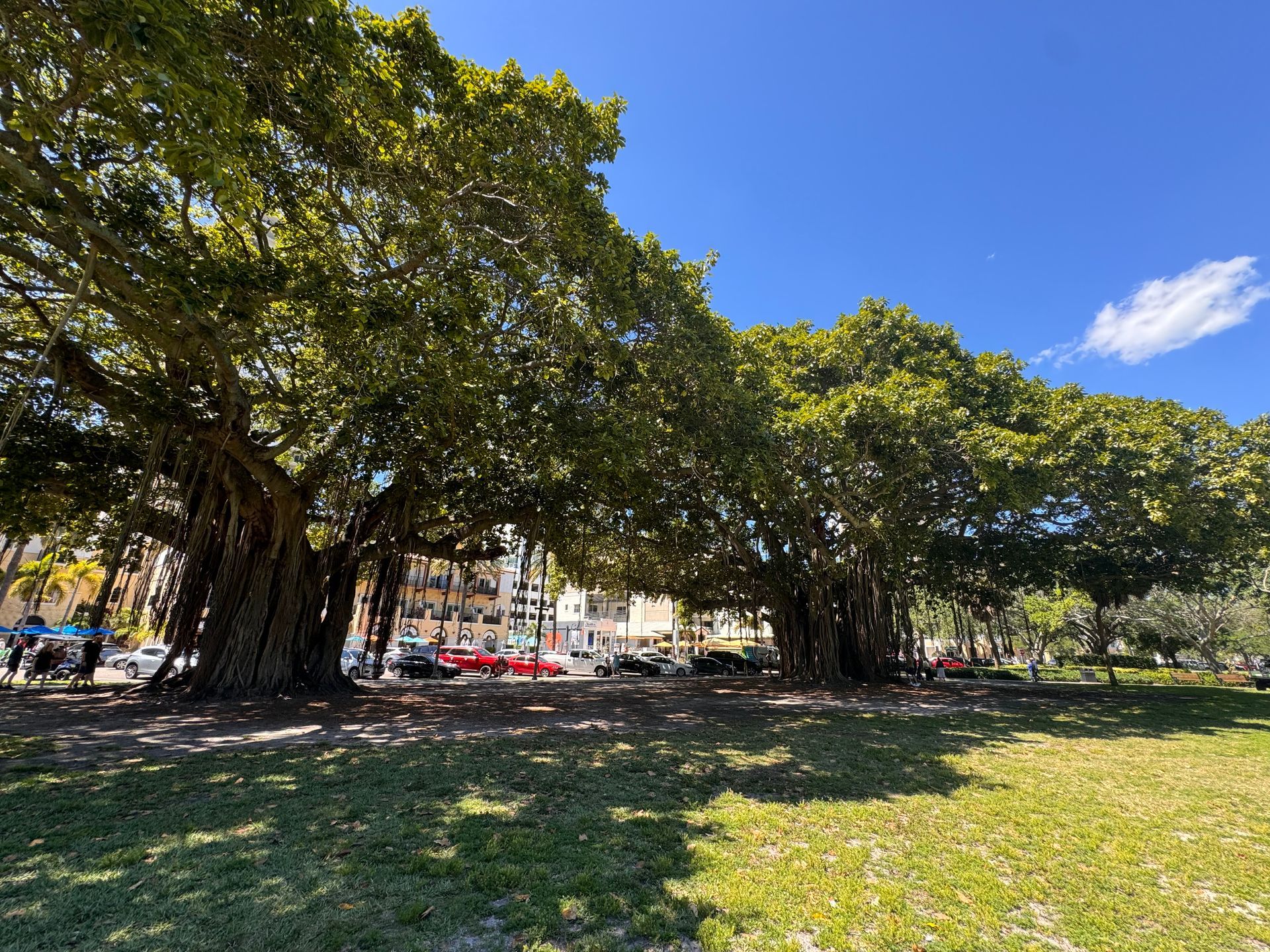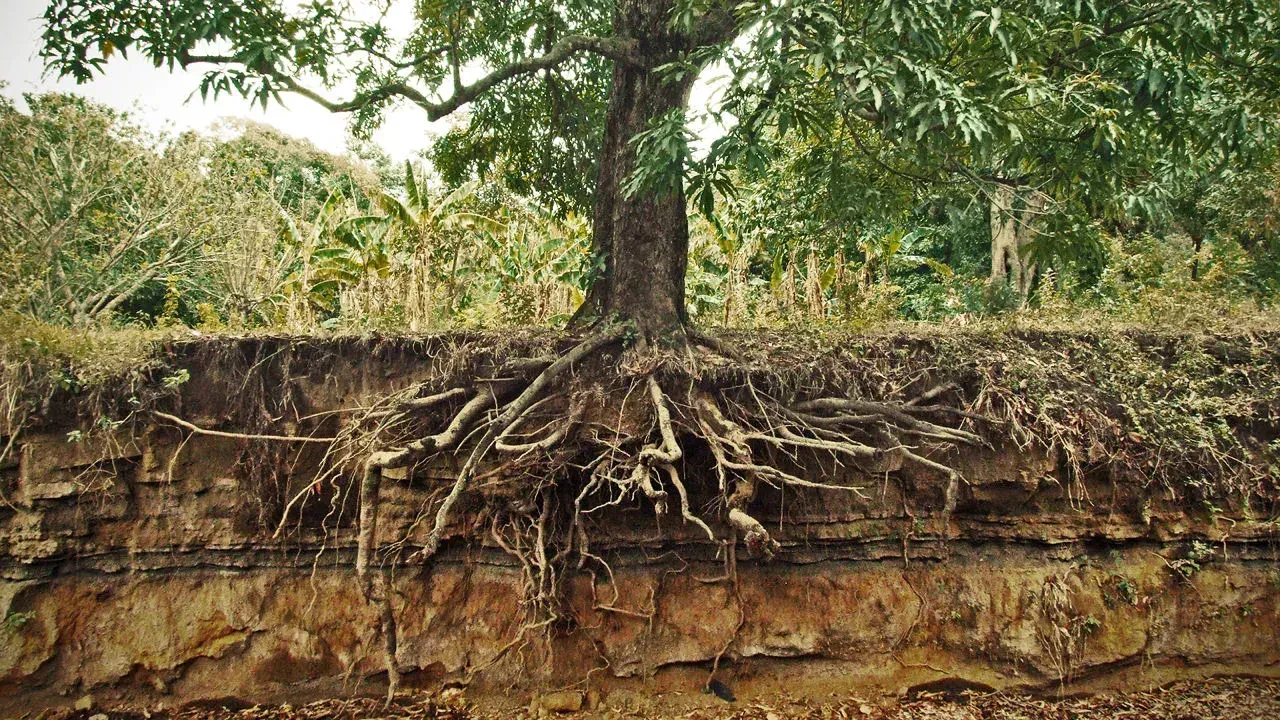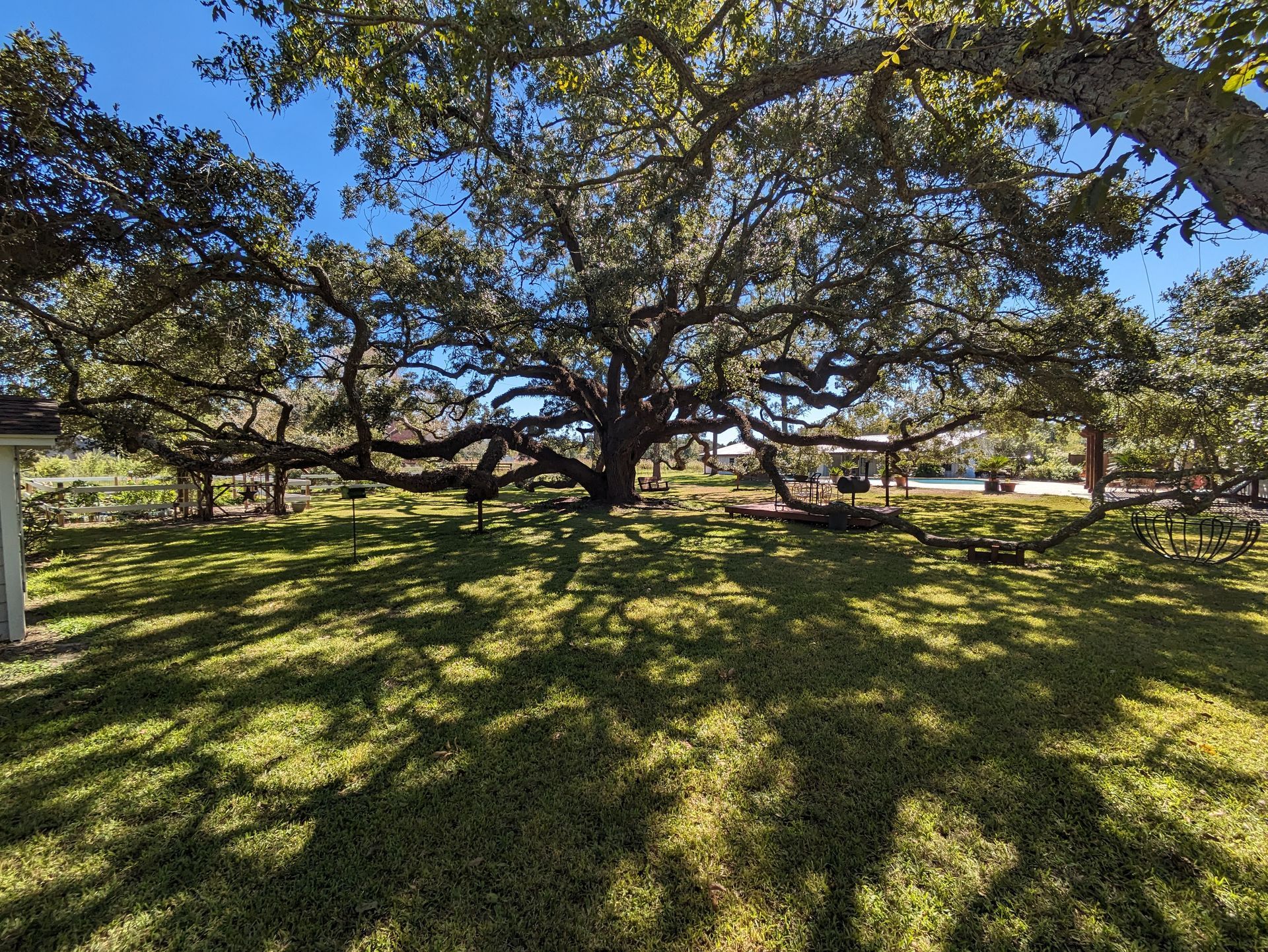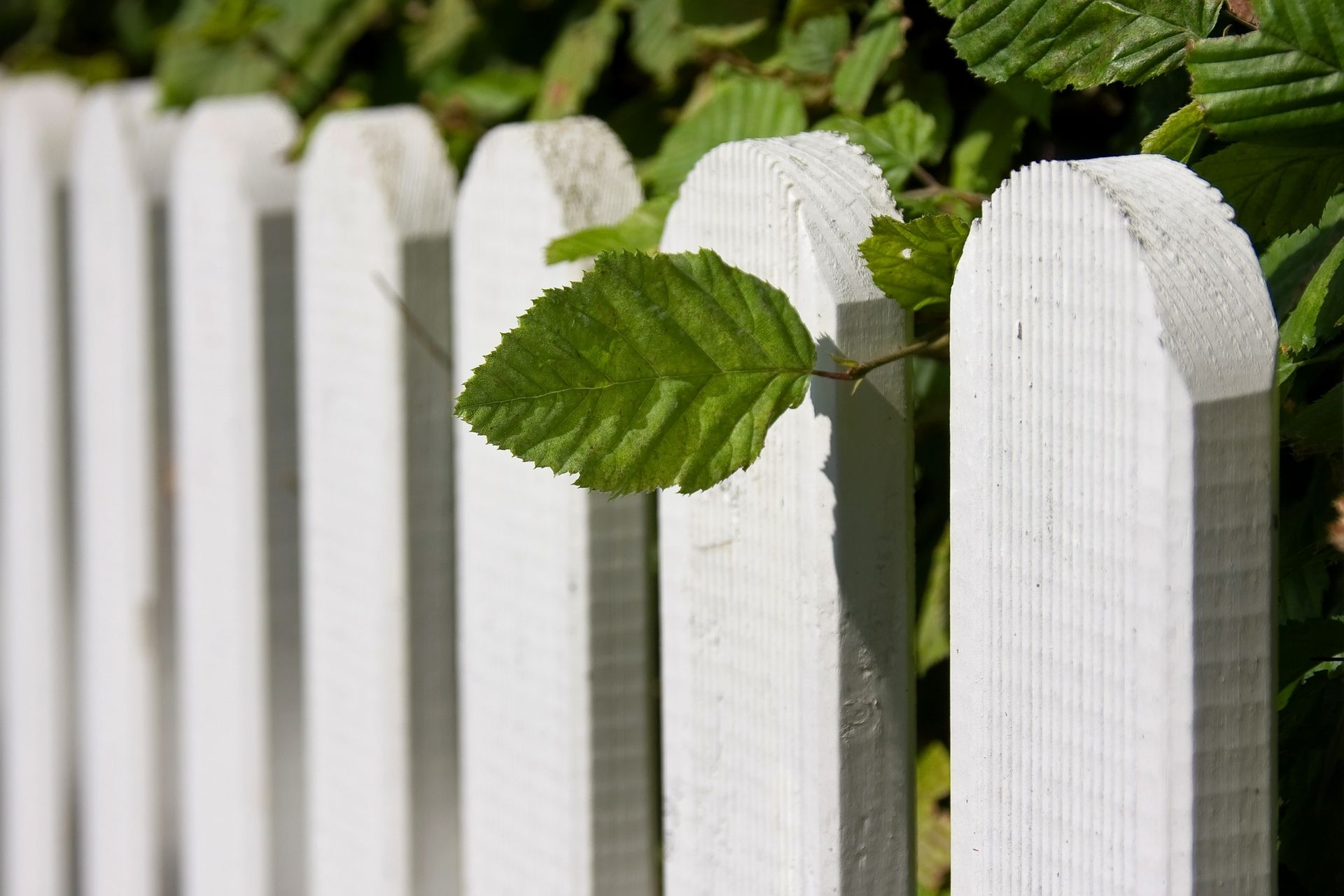Liriope’s Muse: Tree Care Tips from a Master Arborist
TRUSTED TREE CARE SERVICES SINCE 1970
Liriopes Muse: Is your yard prone to flooding? The bald cypress may be the tree for you!
Spring has sprung, which means the rainy season is upon us! If your yard turns into a pond this time of year or is prone to flooding in general, you may want to consider planting a Cypress tree.
Bald cypress trees (Taxodium distichum) are magnificent deciduous conifers known for their striking appearance and resilience. These majestic trees typically grow in swampy or waterlogged areas, thriving in wetland habitats across the southeastern United States (from New Jersey south to Florida and east into Texas) and located in hardiness zones 5A-10B.
Towering with heights reaching up to 120 feet, their straight, tapered trunks can span impressive widths, often growing up to 6 feet in diameter. The bark of the bald cypress tree is fibrous and reddish-brown, with deep furrows and ridges that add to its rugged charm. The distinct cone-shaped foliage consists of delicate, feathery needles arranged spirally on short spur shoots, giving the tree a soft, lacy appearance. These needles are a vibrant green in color and make for a lush canopy in the growing season. As autumn approaches, the foliage undergoes transformation as the needles turn a striking russet or copper color and dropping before winter. The cypress will remain bare until the next spring, earning them their notable nickname of “bald” cypress. And aside from their ability to live over a thousand years, their most distinctive feature lies in their unique "knees," or pneumatophores, which protrude from the water or damp soil around the trees base, aiding in the stability of the tree and oxygenation of the surrounding soil.
These physical traits, along with their adaptability and longevity, make bald cypresses a beloved and iconic species in yards and wetland ecosystems!

How does a bald cypress tree mitigate flooding?
Bald cypress trees offer several mechanisms to mitigate flooding in your yard and wetland ecosystems. Firstly, their extensive root systems, which include the distinctive pneumatophores, anchor the trees firmly in the ground, helping to stabilize soil and prevent erosion. These roots act as natural barriers, reducing the impact of floodwaters and holding soil in place during high-water events. Additionally, bald cypresses can absorb significant amounts of water through their roots, helping to lower water levels in saturated soils and alleviate flooding in waterlogged areas. This capacity for water absorption not only aids in flood mitigation but also contributes to the overall health of wetland ecosystems by regulating water levels and promoting soil aeration. By regulating water levels and enhancing soil stability, bald cypress trees contribute to the overall health and resilience of wetland ecosystems, providing valuable ecosystem services that benefit both the environment and surrounding communities.
Overall, through their unique adaptations and ecological functions, bald cypress trees play a crucial role in mitigating flooding and maintaining the balance of water not only in wetland environments but your own yard too!
Liriope’s Muse - Expert Tree Care Tips
